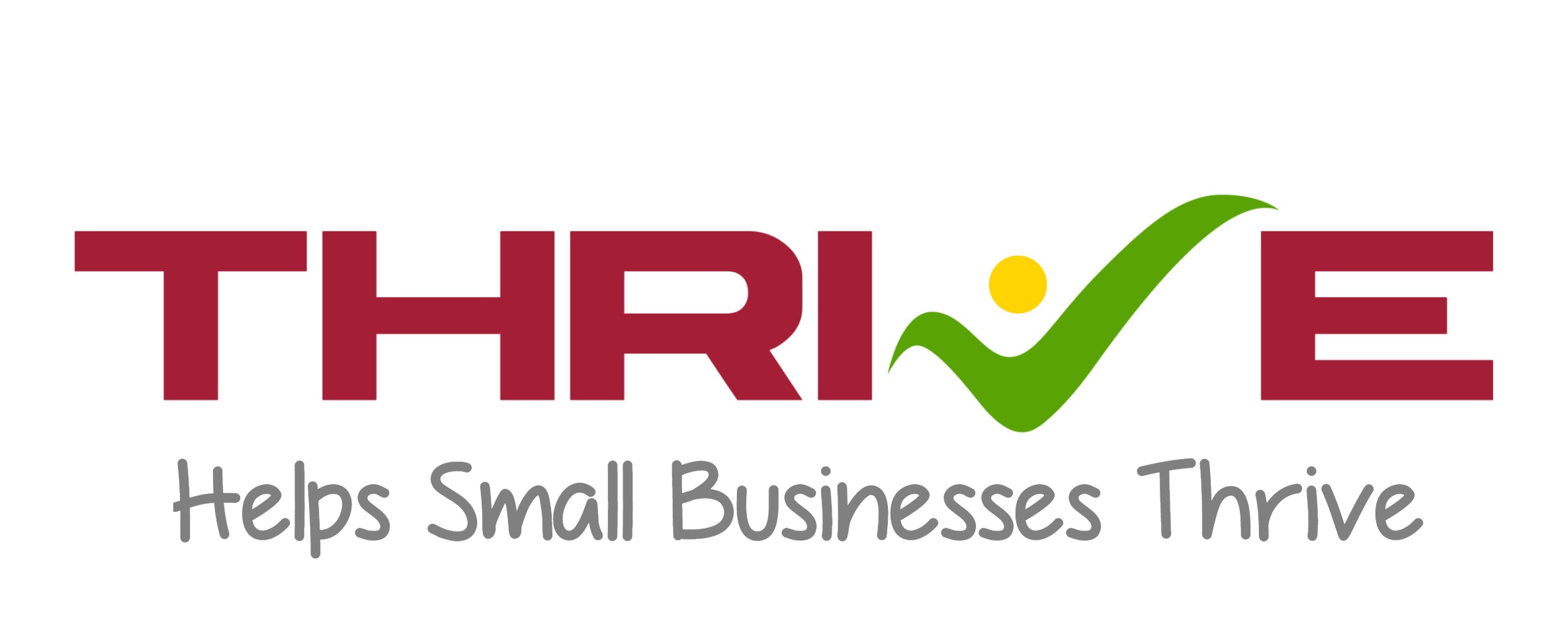In today’s digital-first world, having a stellar website is no longer optional; it’s essential. Website development encompasses a broad range of tasks that combine creativity and technical skills to create an engaging online presence. It involves everything from designing the layout and visual elements to coding and deploying the site. A well-developed website serves as the foundation for your brand, driving customer engagement and conversions.
One key aspect of website development is SEO structural design. This refers to the strategic organization of your website’s content, ensuring that search engines can easily crawl, index, and rank your pages. By implementing effective URL structures, using header tags appropriately, and creating a logical hierarchy for your content, you enhance both user experience and visibility on search engine results pages (SERPs). A solid SEO structure acts as a roadmap for users navigating your site while signaling to search engines what information is most relevant.
For small and medium-sized businesses (SMBs), investing in professional web design can be transformative. A well-crafted website not only conveys credibility but also sets you apart from competitors who may have opted for cookie-cutter templates. First impressions matter; visitors are likely to judge your business based on aesthetics or usability within seconds of landing on your page. A professionally designed website fosters trust among potential customers by demonstrating commitment to quality—vital in a market where choices abound.
As we look ahead to 2025, several web design trends are emerging that local businesses should keep an eye on to stay competitive. One prominent trend is minimalism paired with vibrant color schemes; this juxtaposition draws attention without overwhelming users with clutter. Additionally, incorporating interactive elements such as micro-animations can significantly enhance user engagement—keeping visitors intrigued longer than static interfaces ever could.
When it comes to optimizing your website for local search, there are several strategies worth considering. Start by ensuring that your business’s name, address, and phone number (NAP) are consistent across all online platforms—including social media profiles and online directories. Implementing localized keywords throughout your content while creating geo-targeted blog posts can also help capture the attention of nearby customers actively searching for services like yours.
Moreover, leveraging tools like Google My Business allows you to further boost visibility in local searches by providing essential information directly in SERPs. Encourage satisfied customers to leave positive reviews; this enhances credibility while improving rankings—a win-win situation!
In our hyper-connected world, mobile-friendly design has become indispensable in hyper-local marketing strategies. With an increasing number of users accessing websites via smartphones or tablets, responsive web design ensures that all visitors enjoy optimal browsing experiences regardless of device size or type. This adaptability not only enhances usability but also positively influences SEO rankings—Google rewards mobile-optimized sites by favoring them in search results.
In conclusion, building a strong online brand hinges on mastering essential web design principles tailored specifically for your audience’s needs—and those principles evolve rapidly with technology trends! By focusing on effective structure, intuitive navigation options, engaging aesthetics tailored toward local tastes or preferences—all backed by an SEO strategy—you’ll establish yourself firmly within the digital landscape while connecting meaningfully with potential customers right around the corner!







